Chrysanthemum Zembla: description of the species, reproduction, care and pest control
Chrysanthemum (Latin name Chrysanthemum) is a beautiful and truly legendary flower. Southeast Asia is considered its homeland, but it is most common in China and especially Japan, for which this flower has become a symbol of the nation along with cherry.
Content:
- Description of the plant
- Characteristics of the Zembla chrysanthemum
- Chrysanthemum Zembla care
- Breeding features and feeding
- Plant diseases and pests
Description of the plant
It is a perennial (many prefer to cultivate Zembla as an annual) herb and belongs to the family of Asteraceae or Compositae, the second name.
Literally translated, it means "golden-colored", "flower-sun" - since the yellow color of inflorescences is most common among all types of chrysanthemums.
According to one of the many legends, when the dragon burned himself, trying to steal the sun from a person, he flew into a rage and began to torment him, bursting a fireball, and the sparks falling to the ground turned into sun flowers.
It is believed that the Chinese were the first to cultivate this plant, naming their ninth month of the year after it.
And only later the Japanese became so carried away by it that the flower became a part of their culture. Their admiration for this charming flower manifests itself in different spheres of life, they literally idolize it. So, he became their national symbol, his image was allowed to be worn on clothes only by persons of the imperial family (whose veneration is a special topic for conversation), his name bears the highest award of this country, an annual holiday is held in his honor.
The Dutch discovered chrysanthemum for Europe at the turn of the seventeenth and eighteenth centuries, but it took another century to become widespread. And only in the nineteenth century did it become a common culture in the gardens of Europeans.
In China and Japan, chrysanthemum flowers are used for food, but most often they serve as additives in tea brewing. Such tea loses its astringency, acquires a soft floral taste, it tones the whole body, removes headaches.
Chrysanthemum today is everyone's favorite flower and in garden cultivation is second only to roses in popularity.
Characteristics of the Zembla chrysanthemum
It is one of the most sought-after varieties of garden chrysanthemums by flower growers, although some cultivate it. like a houseplant.
The Zembla pot series is extremely popular.
Characteristics:
- Zembla is a flower in the form of large (10-25 cm in diameter, in potted and indoor - up to 12 cm) spherical buds. In gardens, you will often see its popular version with three open flowers on one long (80-90 cm) branch.
- This chrysanthemum blooms in autumn (from September). Cut flowers stand for a long time - about three weeks, since they have a stable, strong and elastic stem
- It is cultivated both as shrubs and single flowers, with a wide range of colors - naturally yellow, as well as orange, white, pink, cream. It is not uncommon for a zemble with greenish petals in the center of the inflorescence.
Chrysanthemum Zembla care
Chrysanthemum Zembla requires the same care as other common varieties of chrysanthemums.
No special requests in relation to soil:
- Good drainage is desirable, generous lighting - chrysanthemums love the sun (at least 5 hours a day), although in the indoor version, direct exposure to the midday sun should be avoided.
- It is necessary to plant a flower at that time of spring, when the danger of frost has passed and the emerging seedlings will not be threatened by hypothermia, and in a place where there is nowhere for the wind to roam.
- Alternatively, many people use supports to support or fence flower beds with chrysanthemums (for example, in the form of pegs that are connected with a wire). They also use special nets around individual bushes, which become practically invisible against the background of a blossoming bush.
Breeding features and feeding
Zembla breeds in several ways:
- Seeds (for seedlings),
- Cuttings: even an escape from a bouquet when planted in the soil easily takes root and soon pleases with the appearance of leaves,
- By division: the bush dug out in the spring is divided into parts with roots and transplanted separately.
Experts recommend practicing the seating (dividing) of Zembla bushes every three years, since this ensures the splendor of a strong flowering.
Recommended fertilizers:
- Nitrogen (for leaf mass),
- Phosphate (for the formation of buds)
- Potash (during flowering).
- Chrysanthemum Zembla as a houseplant
If you have a Zembla indoor chrysanthemum, which is usually cultivated as an annual and is disposed of after flowering, but you want to preserve it, then you need to do the following. Cut off dead shoots to short cuttings and for the winter, place the chrysanthemum pot in a cool, even cold place (needs a temperature of about 3 degrees Celsius) without bright light. In spring, return young shoots to a warm and bright room by replanting them in fresh soil and fertilizing twice a month.
You can also plant new plants by cuttings from overwintered shoots.
Plant diseases and pests
Chrysanthemum Zembla can be hit by such misfortunes as:
- Fungal diseases. The main reason is non-compliance with the rules of agricultural technology, overgrowing of the site with other plants. Varieties of fungi - gray rot (the stems of diseased plants are covered with a gray fluffy bloom, which turns into flowers and leads to the death of the plant), downy mildew (the leaves are covered with a white powdery coating and die off), black spot (the affected plant gets brown spots on the leaves, after which the leaves fall off) and verticillary wilting (through the roots, the fungus enters the leaves, which turn yellow and die).
You need to treat with drugs that contain copper (Bordeaux liquid, copper-soap essence, colloidal sulfur). If you take proper care of the plant and detect the disease in a timely manner, you can save it.
- Viral diseases: mosaic (leafy speckled), aspermia (speckled leaves with destruction of the flower), dwarfism (slow growth, abnormally early flowering). Diseased chrysanthemums are incurable and must be disposed of. For prophylaxis, sterility of instruments is recommended, and the fight against insects (carriers of infection)
In the case of room Zembla, excessive humidity and stuffiness in the air leads to the appearance of flower disease. The necessary measures are good ventilation, removal of damaged areas of the plant, disinfection with foundation or copper chloride.
Of all the known pests of chrysanthemums for Zembla, the following are most dangerous:
- Thrips.
- Red spider mite (loves the heat).
They can settle in large arrays, both on the leaves and on the flower buds themselves, sucking sap from the plants. In addition, their sticky secretions become a "plantation" of a sooty fungus.
In the affected plant, the leaves turn yellow and dry out, and the buds collapse without opening. And if the infection has a massive form, then the chrysanthemum lags behind in growth and dies.Recommendations: systematic continuous examination and surgical treatment at the first signs of damage by spraying with an insecticide (eg karbofos) or soap-tobacco infusion (repeated in a week).
Another danger is slugs and snails, which physically destroy the plant (eat it). Similar natural measures to control the amount of the latter are welcomed here. Simply put - the capture and destruction of pests (yourself or attract birds, etc.).
Thus, the Zembla chrysanthemum unpretentious in care and with the usual due attention to itself, it will respond “good for good”, delighting with its long and beautiful flowering.
Chrysanthemums have never been deprived of human attention, and among some nations - the Japanese - they are even part of the culture.
You can find out more information from the video.



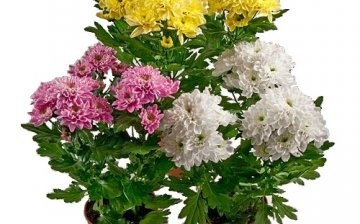


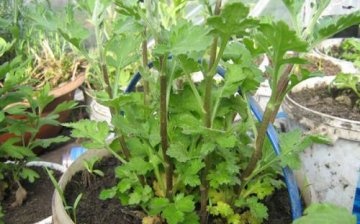
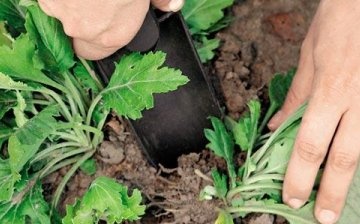
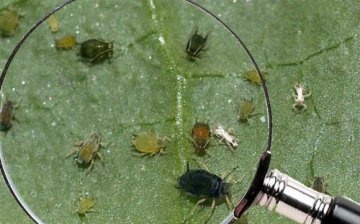






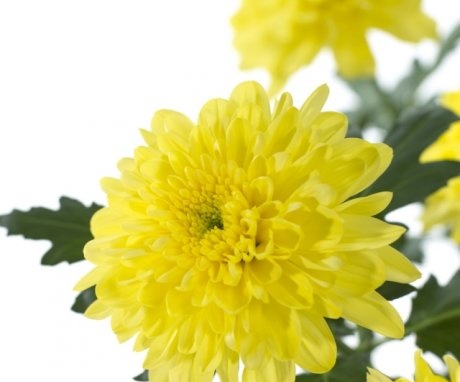
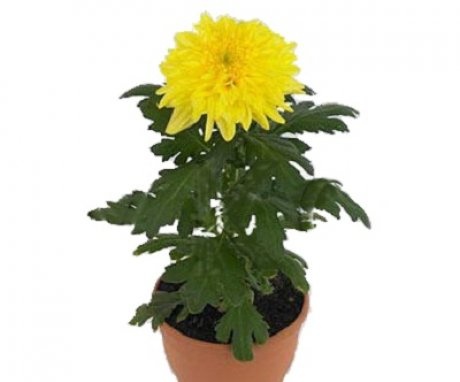
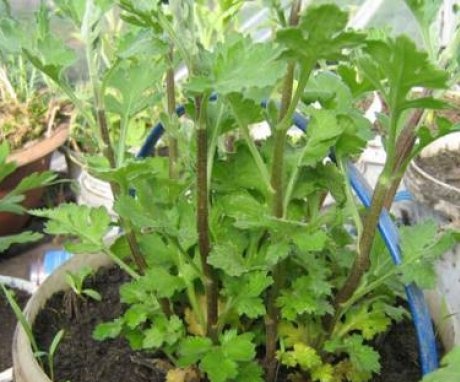

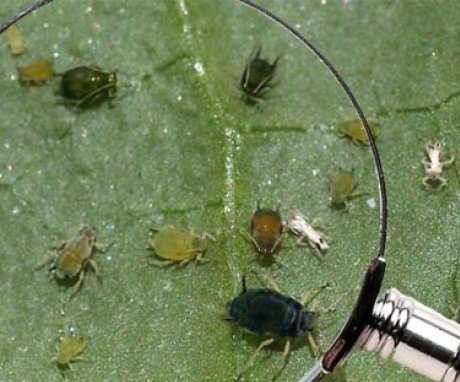
Beautiful flower. The main thing is to guess with the temperature and watering, otherwise the leaves at the bottom will turn red and the flowers will begin to fall off. And so in leaving is not capricious.